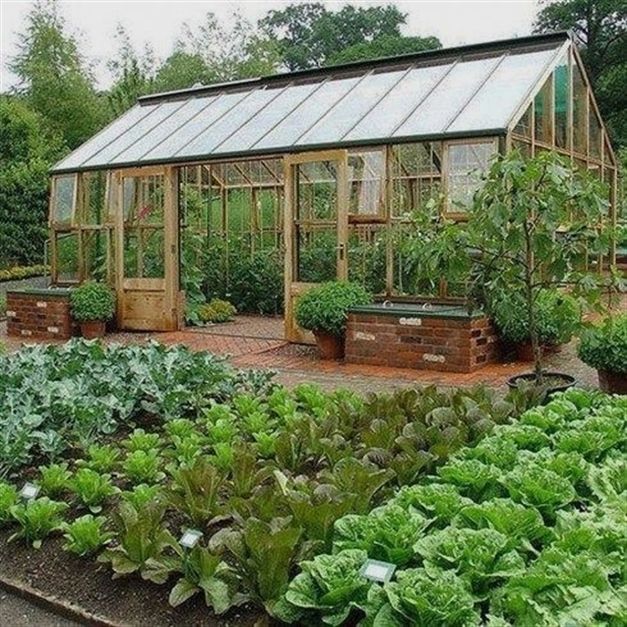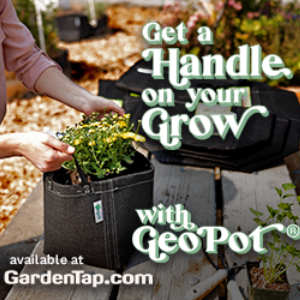
Organic gardening is a healthy and fun hobby with the added bonus of fresh, organic vegetables for the entire family. Many greenhouse gardeners use organic horticulture techniques to grow the freshest, healthiest vegetables possible; for both themselves and the planet. Although organic hydroponic gardening is possible, it is generally reserved for growers with more experience in both organics and hydroponics. For the majority of greenhouse gardeners who wish to grow organically, the focus should be on the soil itself.
Organic gardening requires a healthy, living soil. An organic soil can be purchased (pre-made) or made from scratch (from a variety of organic materials). In either situation, the end goal is a well-balanced, well-aerated medium, complete with an abundance of beneficial microorganisms. The symbiotic relationship between the plant and the beneficial microorganisms is the pathway for nutrient absorption and is the main reason why organic horticulture revolves around a living soil. The beneficial microorganisms in the soil break down organic matter, which, in turn, provides nutrition to the plants.
When examining pre-made, pre-packaged organic soils, the general rule of thumb is the more variety of organic ingredients, the better the mix. A wide variety of ingredients provides a greater range of potential nutrition. There are organic and non-organic prepackaged soils and some will contain time release fertilizers and/or moisture holding agents. Make sure to carefully read the ingredient list to make sure you are getting the soil mix that best fits your purpose.
Although a pre-packaged soil is convenient, it is possible for a greenhouse grower to make his or her own organic soil mix. A very basic homemade soil recipe could be some soil combined with well-composted organic material and some sand (for drainage). This basic mix (for either raised beds and/or potting containers) incorporates equal parts soil, compost, and sand. If the soil is heavy with clay, perlite can be used instead of sand to help aerate the soil. If the soil is already quite sandy, a mixture of one part soil and two parts compost will add the extra organic matter necessary for the plants to thrive. When soil isn’t available, mixing equal amounts of bagged organic topsoil and organic compost is a simple way to get an organic garden started in a greenhouse. Although the basic mix is all you need to start growing organically, some greenhouse gardeners purchase individual organic soil amendments, such as bat guano, bone meal, or greensand, to further customize their own organic soils.
Many home hobby growers will make their own compost out of kitchen scraps, leaves, and yard clippings. Some space to set up a compost pile is really all that is required to begin composting. Those with limited space, who still wish to make their own compost, can try a kitchen compost pail. These products are generally sold as “under the sink compost bins” and can be purchased or homemade out of a couple of plastic buckets.
Once a decision has been made regarding the organic soil mixture, the horticulturist can incorporate that living soil in his or her greenhouse. Many greenhouse growers prefer benches with containers while others prefer raised beds. Since it is possible to successfully grow organic produce in either potting containers or raised beds, the decision comes down to the personal preferences of the horticulturist or the crops themselves (some plants do better in raised beds than containers and vice versa).
The best way to ensure you and your family have access to the freshest, most nutritious vegetables possible is to start your own organic garden. Greenhouse hobbyists have the advantage of a sheltered environment, capable of extending the growing season. By incorporating a living organic soil, a greenhouse hobbyist can produce clean and nutritious vegetables for the whole family.
Background information for this article was provided by Arcadia GlassHouse. You may visit their website at ArcadiaGlasshouse.com.
Related Articles & Free Email Newsletter
Choosing the Best Hydroponic System for Your Greenhouse
Cold Frames Offer an Easy Start to Greenhouse Gardening




Comment here